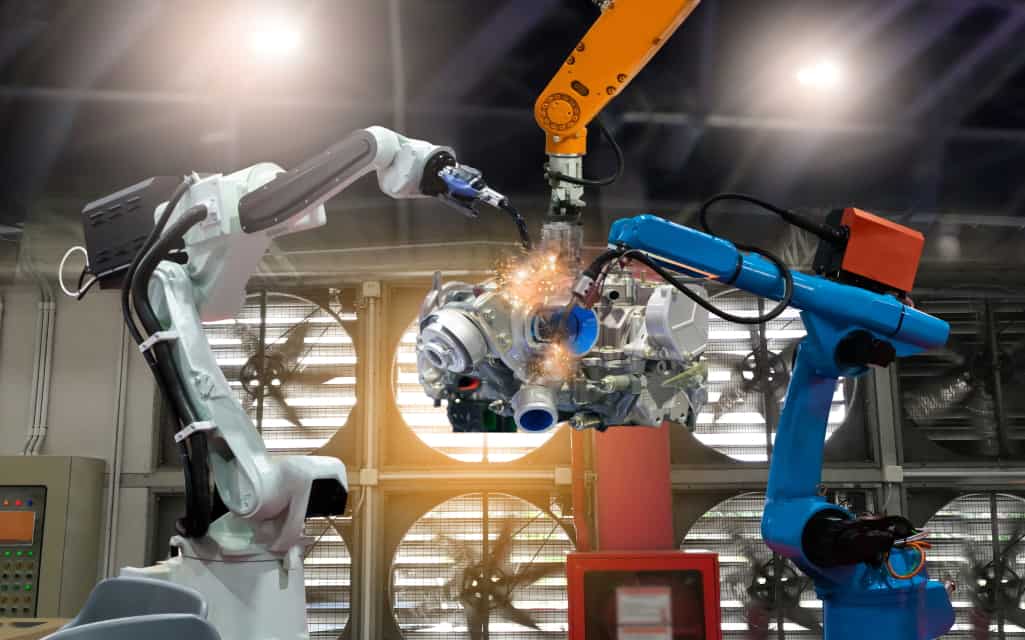The robot arm is an essential component of the growing field of robotics, and its applications are virtually limitless. It comprises various components, including joints, actuators, sensors, and controllers. Joints are the critical components of the robot arm that allow it to move in various directions. Actuators, such as motors, are responsible for powering the joints, giving them the ability to rotate or pivot. Sensors are installed on the robotic arm to monitor its movements and changes in its surroundings. Lastly, the controllers are responsible for enabling the robot arm to follow a specific set of instructions or perform a particular task.

Industrial robot arms are among the most popular types of robotic arms used in various industries, including manufacturing, automotive, and metalworking. They are designed to operate in harsh and challenging environments, including high temperatures, humidity, and dust. Industrial robot arms are also highly precise and can perform repetitive tasks with high accuracy, providing the consistency needed for mass production. The use of robot arms in industries has significantly enhanced productivity and quality, as they can work around the clock without the need for breaks, unlike humans.
Robot arms are also used in the medical industry for various applications, including surgery and rehabilitation. In surgery, robot arms provide unrivaled precision and accuracy, reducing the risk of complications and enhancing the recovery process. The arm can be programmed to perform complex procedures that require high precision, such as removal of tumors or delicate muscle reconstruction. In rehabilitation, robot arms are used to assist patients in regaining their motor functions after an injury or debilitating medical condition. The arm can be adjusted to suit the specific needs of each patient, providing personalized care and support.
In conclusion, the robot arm is a versatile machine that has proven to be a reliable tool in various industries, from manufacturing to healthcare. Its precise and accurate movements, combined with the ability to work around the clock, have significantly enhanced productivity and quality in different settings. The use of robot arms is expected to continue growing and evolving, with advancements in technology driving the development of more efficient and user-friendly robotic arms. As such, the future of the robot arm is undoubtedly bright, offering endless possibilities for innovation and development for years to come.